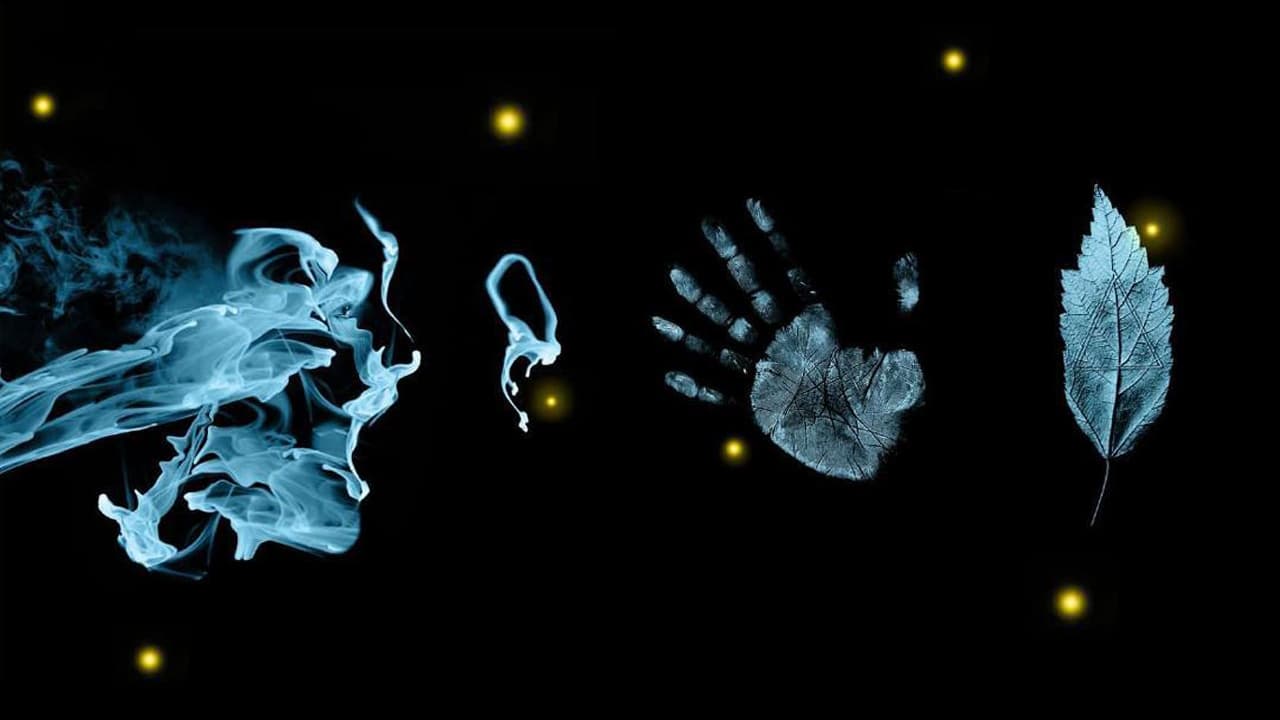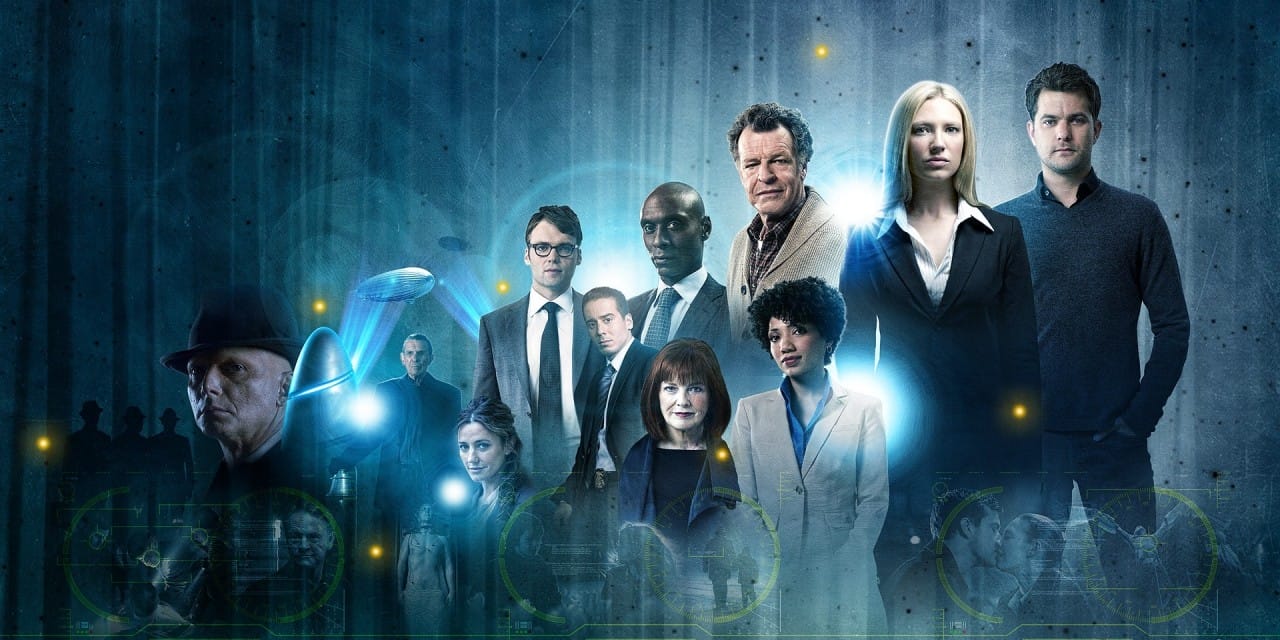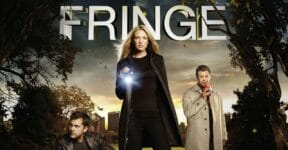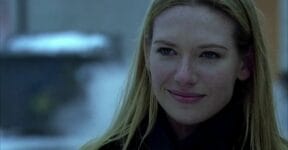The sci-fi/fantasy/procedural drama hybrid TV show Fringe (2008 – 2013) is the story of FBI Agent Olivia Dunham, somewhat mad scientist Dr. Walter Bishop whose speciality is pseudoscience, the brilliant Peter Bishop (Walter’s son), assistant Astrid Farnsworth, and the strictly professional by-the-book Colonel Phillip Broyles, in their fanciful attempt to solve extraordinary mysteries and intricate conspiracies involving time travel, parallel universes, biochemical weapons, aliens, monsters, doppelgängers, and overlords.

Fringe might present itself as a sci-fi, but it also delivers plenty of subject matters best described as “outright weird” rather than scientific, and that’s exactly what makes it enjoyable.
The Science of Fringe
One of the underlying ideas of the Fringe is, like it or not, vagueness. In any typical episode, you’ll notice that someone mentions a familiar – and to some extent plausible – scientific concept. Some concepts are actually real, and they hold actual scientific merit, but they’re connected to other yet-to-be-resolved mysteries. Fringe is built around the idea that all of those concepts are indeed probable and already happening, and then take them to an entirely different level. Of course, the same thing can be said to other popular shows like Star Trek: TNG or The Expanse, but at least they exercise some kind of restraint to stay within the corridor of hard and soft sci-fi. Fringe cannot care less about it.
It’s basically just a wild ride using borderline fantastical sciences, such as mind control, time travel to the past, cutting up parts of the brain to hide certain memories, rearranging those parts to seek for lost information, and so on. However, the show is so well-wrapped that it doesn’t immediately turn into some ridiculed memes. Some even suggest that Fringe remains one of the most bingeworthy shows ever. Perhaps one thing that keeps the show standing on its feet for five long seasons is the fact that the scientific bases used for many of the episodes are indeed parts of actual, serious scientific discourses, as found in research journals and magazines. You might think that communicating telepathically is pure pseudoscience, but you’d be surprised to know how the US Army once was developing a helmet to help soldiers communicate using brain waves.
“Taking it over the top” is a specialty of Fringe. In one episode, the story exposes you to the concept of transgenic, which is a novel concept revolving around the idea of creating hybrid animals via genetic manipulation. Believe it or not, such animals do exist today; scientists injected jellyfish DNA to rabbits, pigs, insects, and monkeys with real tangible results. But Fringe will not settle for that. Instead, the story in the episode brings you a chimera with a mixture of genetic traits originally found in bat, wasp, and lizard. It doesn’t really matter if the said chimera is a scientific possibility; what matters is that it holds a real foundation in science.
And then there are the parts where it talks about the existence of parallel universes, an idea that becomes an integral element of the main story arc over the course of five seasons. Alternate universes have been mentioned countless times in scientific discussions, comic books, novels, and films to where people are no stranger to the topic. The concept has been taken pretty seriously by the scientific community, but it’s still pretty much embryonic and mostly speculative. There might not even be any easy, workable method to prove their existence after all.
For Fringe, parallel universes are perfect, as they give the much-needed freedom to set the rules for how everything is going to work. The series finds characters jumping from one universe to the other, affecting the lives of their doppelgängers in good and bad ways, and so on. Let’s not forget that just about every science experiment conducted by Dr. Walter Bishop looks more like magic than actual research. The loose “mysteries of the week” format is also an advantage, giving the writers the chance to be as creatively explosive as possible without having to dig deep into the hard sciences of it all. Transferring a person’s thoughts to someone else’s brain? Fine. Kids taking cognitive-enhancing drugs? No problem. Toxins that melt flesh and bones? No reason not to do it.
We think the Fringe is at the same time creative, weird, and to some extent shocking. A major driving force behind the show’s unhinged subject matter is that the creators never seem to care whether something holds any scientific possibility. They probably are inspired by real scientific discourse, but then take the inspirations to an entirely fantastic level for the sake of entertaining storytelling. And it’s perfectly fine. That’s why you get a group of renegade scientists experimenting on the masses under everybody’s nose, kids are unknowingly drugged to let them see alternate universes, aliens among humans, machines that let you have other people’s memories, and of course, teleportation. Some of them are goofy, while others are full of absurdity, but all of them make for exciting TV.
Do you really think “Fringe” is a good prediction for the future of tech? What is the most unhinged pseudoscience you’ve ever heard? We’d love to hear from you.
Other Things You Might Want to Know
How many episodes of the Fringe in total?
The Fringe comprises 100 episodes throughout its five-seasons run on Fox from September 2008 to January 2013.
Where to watch the Fringe now?
You can stream the entire five seasons on Max, Amazon Prime, and Freevee.
In which other TV series does Anna Torv play the lead role?
| TV Series | Year | Role |
| Deadline Gallipoli | 2015 | Gwendoline Churchill |
| Secret City | 2016–2019 | Harriet Dunkley |
| Mindhunter | 2017–2019 | Wendy Carr |
| The Newsreader | 2021– | Helen Norville |
| Territory | 2024 | Emily Lawson |
Check out other articles by month:







